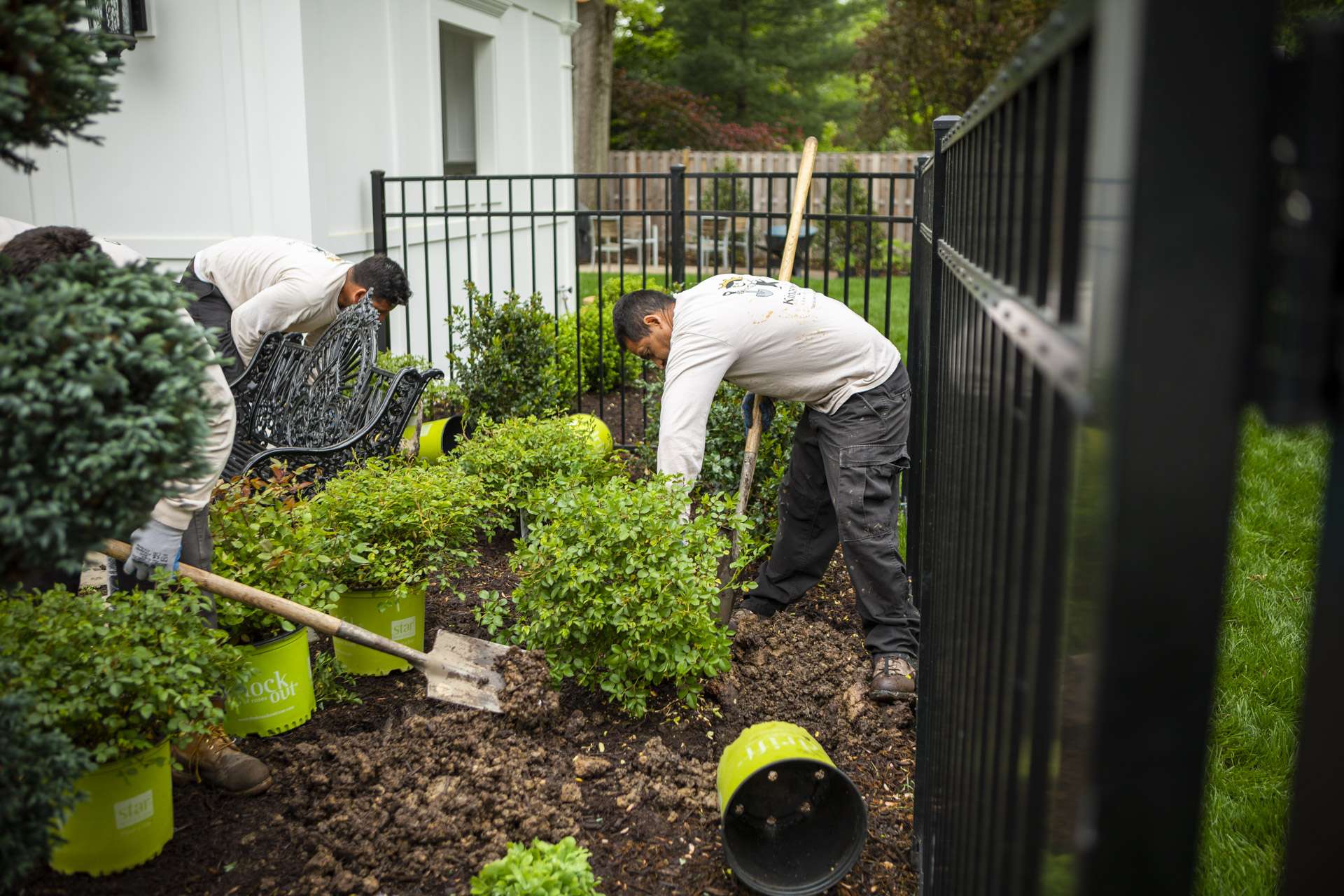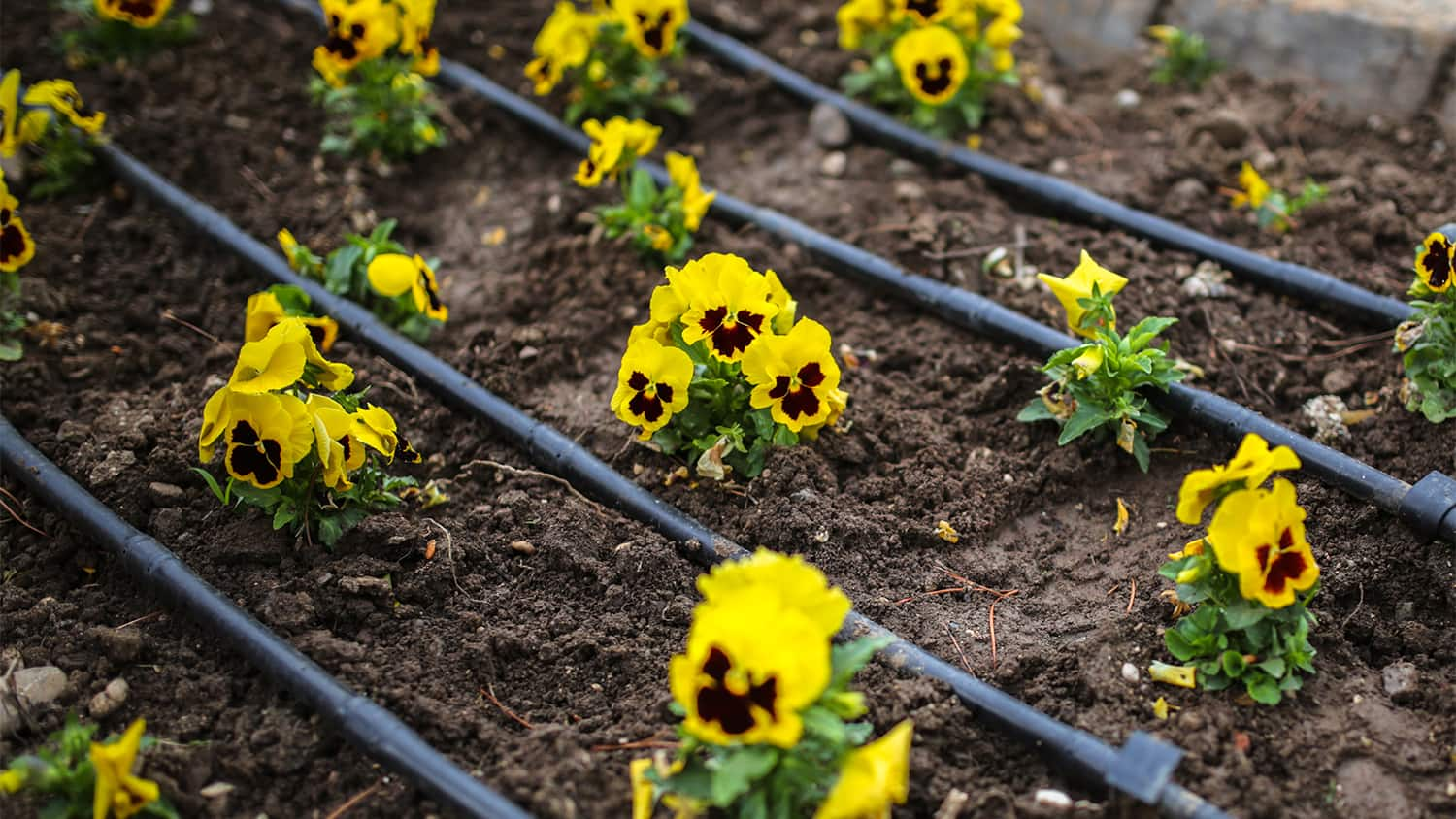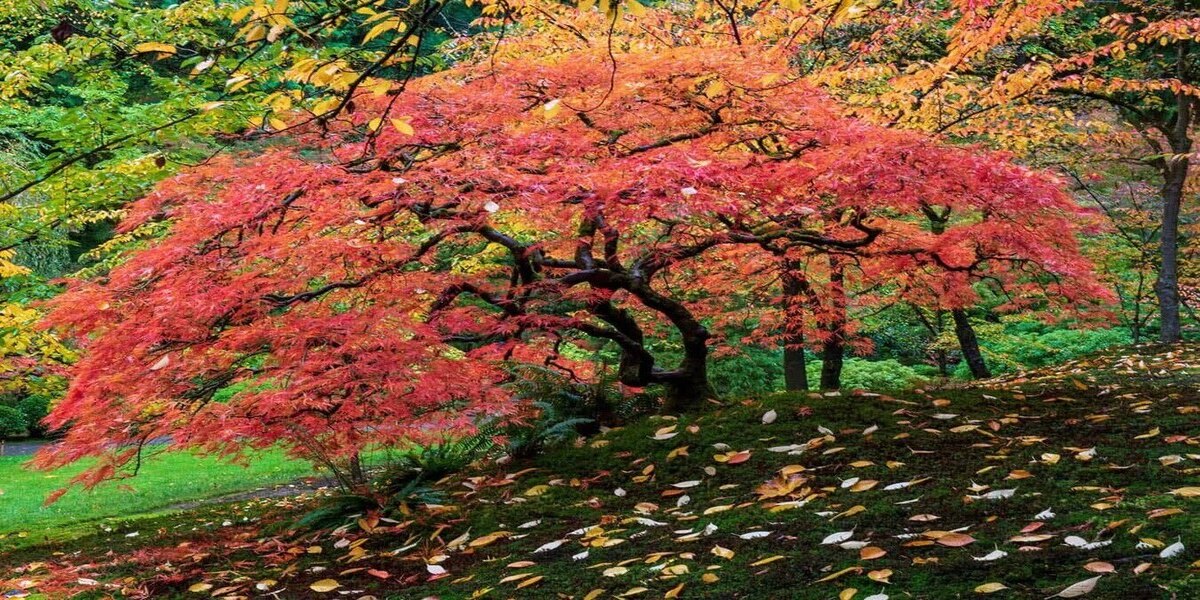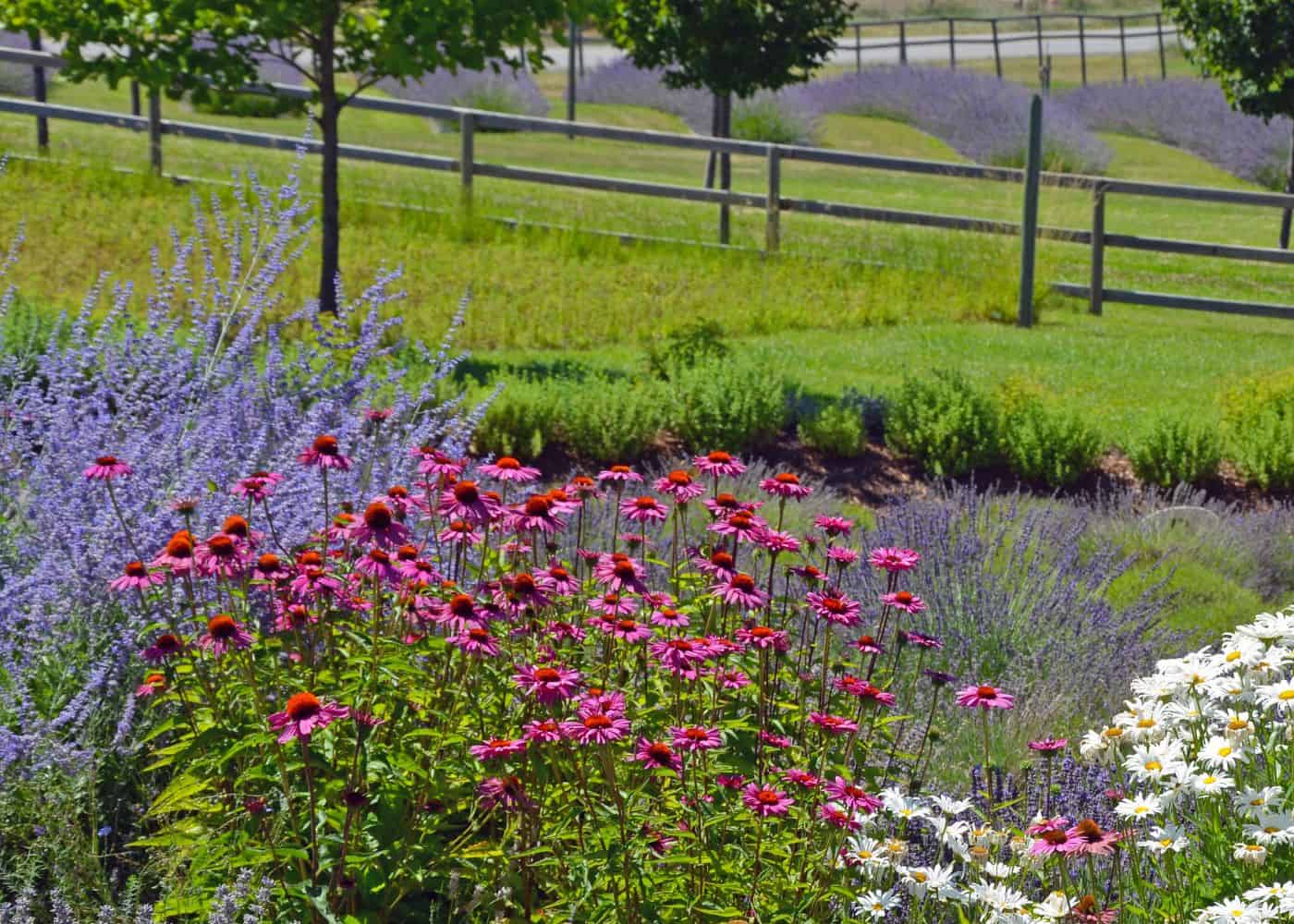Home>Gardening Techniques>Seasonal Gardening>When Is A Good Time To Plant Shrubs In N.C.
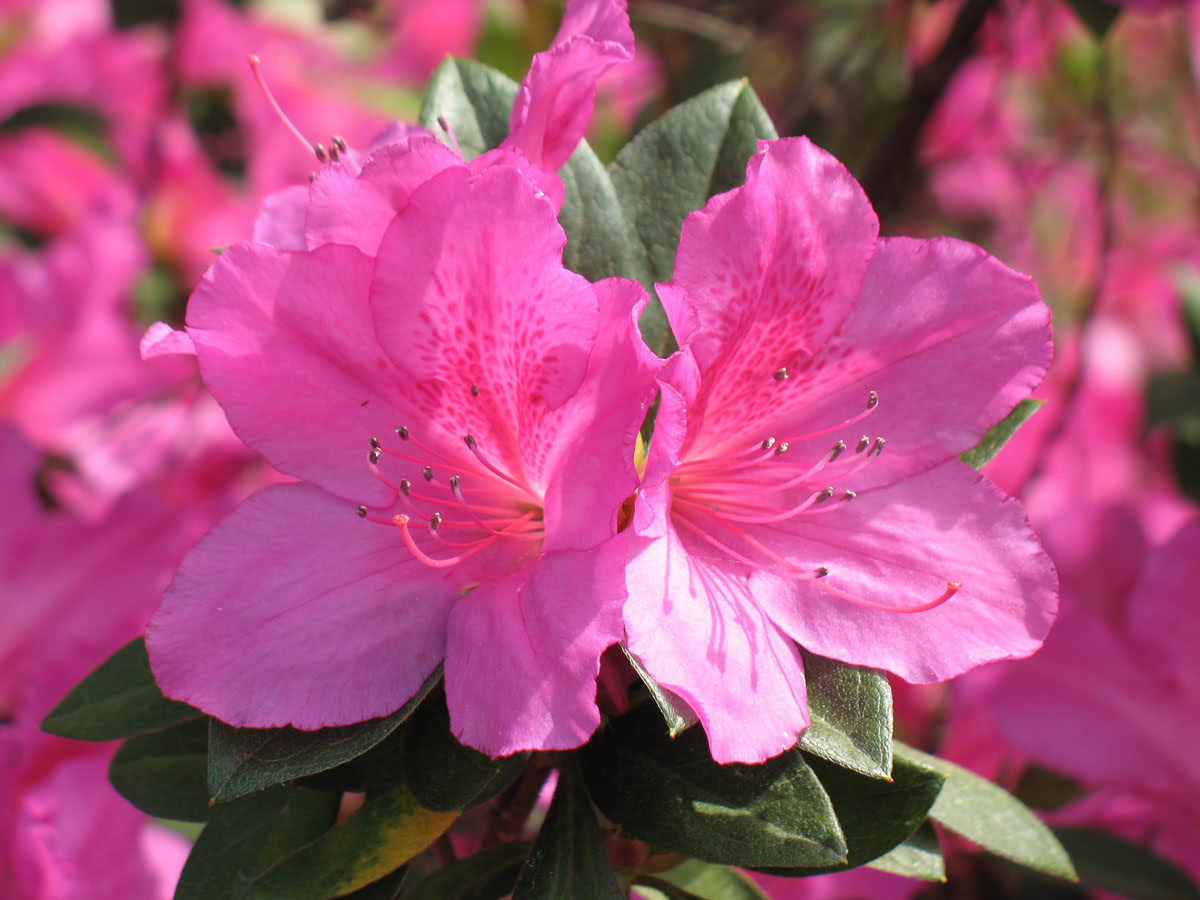

Seasonal Gardening
When Is A Good Time To Plant Shrubs In N.C.
Modified: January 22, 2024
Discover the best time to plant shrubs in North Carolina with our seasonal gardening guide. Maximize your chances of success with our expert tips and advice.
(Many of the links in this article redirect to a specific reviewed product. Your purchase of these products through affiliate links helps to generate commission for Chicagolandgardening.com, at no extra cost. Learn more)
Table of Contents
Introduction
Welcome to the world of seasonal gardening! Whether you’re a novice or experienced gardener, planting shrubs can be a rewarding and fulfilling experience. Shrubs not only add beauty and structure to your garden, but they also provide privacy, shade, and attract beneficial wildlife.
However, one of the key elements to successful shrub planting is knowing when to do it. Timing is everything when it comes to gardening, and North Carolina offers a unique climate that should be taken into consideration. In this article, we will explore the factors to consider before planting shrubs and the ideal timing for planting in North Carolina.
Before diving into the details, it’s important to remember that different shrubs have different preferences when it comes to planting time. While some shrubs may thrive when planted in the spring, others may prefer the cooler temperatures of autumn. Understanding the specific needs of the shrubs you plan to grow will greatly increase your chances of success.
So, whether you’re looking to create a vibrant flower border, establish a windbreaker, or enhance your landscape, let’s dive into the factors to consider before planting shrubs and find out when is the perfect time to get your hands dirty!
Factors to Consider before Planting Shrubs
Before you start planting shrubs in North Carolina, there are a few factors you should consider to ensure their success and longevity. By taking these factors into account, you can create an optimal environment for your shrubs to thrive.
1. Climate: North Carolina has a diverse climate, ranging from the mountains to the coast. It’s important to know the specific climate zone you’re in to choose shrubs that are well-suited to that particular area. Coastal regions, for example, tend to have higher humidity levels and salt exposure, while mountainous areas may experience cooler temperatures and varying soil conditions.
2. Soil Type: Understanding the soil composition in your garden is crucial for successful shrub planting. North Carolina’s soils vary from sandy and well-drained in coastal regions to clayey and compacted in Piedmont areas. Conducting a soil test can provide valuable information about the nutrient levels, pH balance, and drainage capabilities of your soil, allowing you to select shrubs that will thrive in those conditions.
3. Sunlight Exposure: Different shrubs have varying needs when it comes to sunlight exposure. Some shrubs thrive in full sun, while others prefer partial shade or even deep shade. Take note of the sun patterns in your garden throughout the day and select shrubs that are compatible with the available sunlight.
4. Watering Requirements: Consider the amount of rainfall your area receives, as well as the water retention capabilities of your soil. Some shrubs are drought-tolerant and require minimal watering, while others need consistent moisture to thrive. Understanding the specific watering needs of your chosen shrubs will help you establish a proper watering routine.
5. Size and Space: Take into account the mature size of the shrubs you intend to plant and ensure that you have enough space for them to grow. Overcrowding can lead to poor air circulation and disease susceptibility. Additionally, consider the proximity to other plants and structures, and how the shrubs will fit into your overall garden design.
By carefully considering these factors, you can choose the right shrubs for your North Carolina garden and create an optimal growing environment. The next step is determining the ideal timing for planting, which we will explore in the following sections.
Ideal Timing for Planting Shrubs in North Carolina
Timing is vital for successful shrub planting in North Carolina. The state’s diverse climate and varying soil conditions call for careful consideration. Generally, there are two optimal times for planting shrubs in this region: spring and fall. Let’s explore the benefits and considerations for each season.
1. Spring Planting:
Spring is a popular time for planting shrubs in North Carolina. As temperatures warm up and frost risk diminishes, the soil becomes more workable, making it an ideal time for root establishment.
Benefits:
- Shrubs planted in the spring have a longer growing season ahead of them, allowing them to establish strong root systems before the hot summer months.
- The increased rainfall during spring provides natural watering for young shrubs, reducing the need for frequent irrigation.
- Spring planting allows the shrubs to take advantage of the naturally occurring nutrients in the soil, promoting healthy growth.
Considerations:
- Watch out for late frosts. Depending on your specific location within North Carolina, there may still be a risk of late frosts in early spring. Consider using protective coverings or planting frost-resistant shrubs to minimize the risk.
- Monitor watering. While spring brings increased rainfall, it’s important to supplement with additional watering if there are extended dry periods.
- Be mindful of hot spells. If temperatures suddenly rise, it’s crucial to provide adequate shade and water to prevent stress on the newly planted shrubs.
2. Fall Planting:
Fall also offers an opportune time for shrub planting in North Carolina. As the weather cools down and summer heat subsides, planting in the fall allows shrubs to establish roots before winter sets in.
Benefits:
- The cooler air temperature and warm soil provide an optimal environment for root development, resulting in stronger and more resilient shrubs.
- Fall planting allows shrubs to take advantage of the moderate rainfall in this season, reducing the need for frequent watering.
- There is generally less competition from weeds and pests in the fall, providing a better chance for newly planted shrubs to establish themselves.
Considerations:
- Plant early in the fall. Give the shrubs ample time to establish roots before the ground freezes.
- Monitor for water needs. While fall brings more moderate rainfall, check the soil moisture regularly, especially during dry spells.
- Avoid planting too close to winter. If you plant too late in the fall, the shrubs may not have enough time to establish roots before the arrival of harsh winter conditions.
Remember, the timing may vary slightly depending on your specific location and the types of shrubs you’re planting. Consulting a local gardening expert or utilizing regional gardening resources can provide valuable insights for the best planting times in your area. Ultimately, the key to successful shrub planting in North Carolina is understanding the specific needs of your chosen shrubs and aligning the planting with optimal seasonal conditions!
Spring Planting
Spring is an excellent time for planting shrubs in North Carolina. As temperatures rise and the threat of frost diminishes, the soil becomes more workable, providing an ideal environment for root establishment. Here are some key considerations and tips for successful spring shrub planting:
1. Timing:
For spring planting, aim to get your shrubs in the ground after the last frost date in your area. This will vary depending on your specific location in North Carolina. In general, late March to early April is a good time to start planting. However, monitoring the weather and soil conditions is crucial to determine the optimal planting window.
2. Site Preparation:
Proper site preparation is essential for successful shrub planting. Clean up any weeds, debris, or grass from the planting area. Loosen the soil and amend it with organic matter, such as compost, to improve drainage and nutrient content. This will help create a favorable environment for the shrub’s roots to establish and grow.
3. Selecting Shrubs:
Choose shrubs that are well-suited for your specific region in North Carolina. Consider factors such as sun exposure, soil type, and moisture requirements. Native shrubs, which are adapted to the local conditions, are often a good choice as they tend to be more resilient and low-maintenance. Research the mature size and growth habits of the shrubs to ensure they will fit well within your landscape design.
4. Planting Technique:
When planting shrubs, dig a hole slightly wider and shallower than the root ball. Gently remove the shrub from its container and loosen the roots if they are circling or compacted. Place the shrub in the hole, making sure it sits at the same level as it was in the pot. Backfill the hole with the amended soil, firming it gently around the roots. Water the shrub thoroughly after planting to settle the soil and ensure good root-to-soil contact.
5. Care and Maintenance:
Regular watering is crucial during the initial stage of the shrub’s growth. Check the soil moisture regularly and water deeply when necessary. Apply a layer of mulch around the shrub to help retain soil moisture, suppress weeds, and regulate soil temperature. Monitor for pests and diseases and take necessary actions to protect your shrubs. Prune the shrubs as needed to encourage good structure and shape.
6. Continued Care:
As the spring progresses into summer, pay attention to the changing weather conditions and adjust your watering and maintenance practices accordingly. Keep an eye out for signs of stress in your shrubs, such as wilting or discoloration, and take prompt action to address any issues.
In summary, spring is a favorable time for planting shrubs in North Carolina. By choosing the right timing, preparing the planting site properly, and providing adequate care, you can give your shrubs the best chance of establishing and thriving in your garden.
Fall Planting
Fall is another optimal season for planting shrubs in North Carolina. As the summer heat subsides and the temperatures start to cool down, the conditions become ideal for root development and establishment. Here are some key considerations and tips for successful fall shrub planting:
1. Timing:
For fall planting, aim to get your shrubs in the ground several weeks before the first frost date. This will allow the shrubs enough time to establish their roots before the onset of winter. Depending on your specific location in North Carolina, mid-September to late October is generally a suitable time for fall planting. However, it’s important to monitor local weather patterns and frost predictions to determine the best planting window.
2. Site Preparation:
Prior to planting, prepare the site by removing any weeds, debris, or grass. Loosen the soil and add organic matter, such as compost, to improve drainage and enrich the soil. This will create a favorable environment for the shrubs to establish their roots and absorb nutrients efficiently.
3. Selecting Shrubs:
Choose shrubs that are well-suited for fall planting in North Carolina. Consider factors such as sun exposure, soil type, and moisture requirements. Look for varieties that are known for their fall color, such as maples, dogwoods, and viburnums, to add visual interest to your landscape. As with spring planting, native shrubs are often a good choice as they are adapted to the local climate and conditions.
4. Planting Technique:
When planting shrubs in the fall, follow the same techniques as spring planting. Dig a hole slightly wider and shallower than the root ball and gently remove the shrub from its container. Loosen and spread out the roots if they are tightly bound. Place the shrub in the hole, ensuring it sits at the same level as it was in the pot. Backfill the hole with amended soil, firming it gently around the roots. Water thoroughly after planting to settle the soil.
5. Care and Maintenance:
Water newly planted shrubs regularly to keep the soil evenly moist. While fall often brings moderate rainfall, it’s essential to supplement with additional watering, especially during dry spells. Apply a layer of mulch around each shrub to insulate the soil, retain moisture, and suppress weed growth. Be vigilant in monitoring for pests and diseases and take appropriate action to mitigate any issues that arise.
6. Winter Protection:
As winter approaches, it’s important to protect your newly planted shrubs from harsh weather conditions. Consider wrapping shrubs with burlap or using protective covers to shield them from cold winds and potential frost damage. Ensure the soil remains moist but not waterlogged throughout the winter months.
7. Continued Care:
In early spring, continue monitoring watering needs and adjust accordingly as the weather warms up. Once the risk of frost has passed, you can begin fertilizing your shrubs. Prune any dead or damaged branches to promote healthy growth.
In summary, fall is an ideal time for planting shrubs in North Carolina. By selecting appropriate shrubs, preparing the planting site, providing adequate care, and protecting the shrubs during winter, you can set the stage for their successful establishment and growth.
Conclusion
Gardening is a wonderful and rewarding endeavor, and planting shrubs adds beauty, structure, and functionality to your landscape. When it comes to planting shrubs in North Carolina, timing is crucial for their success. By considering factors such as climate, soil type, sunlight exposure, and watering requirements, you can create an optimal environment for your shrubs to thrive.
In North Carolina, both spring and fall offer favorable conditions for shrub planting. Spring planting allows for longer growing seasons, utilizing natural rainfall and promoting healthy growth. Fall planting takes advantage of cooler temperatures and moderate rainfall, allowing shrubs to establish their roots before winter sets in.
Whether you choose to plant in the spring or fall, proper site preparation, shrub selection, and planting techniques are vital for success. Providing adequate care, maintenance, and protection throughout the seasons will help your shrubs flourish and enhance your garden for years to come.
Remember to consult local gardening resources, consider the specific needs of your chosen shrubs, and adapt the planting timing accordingly to your specific location within North Carolina. With careful planning and attention to detail, you can create a thriving and beautiful shrub garden that complements your landscape and brings joy throughout the seasons.
